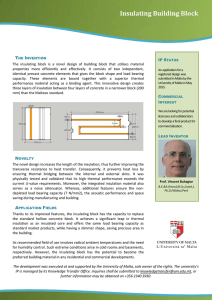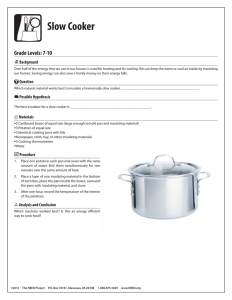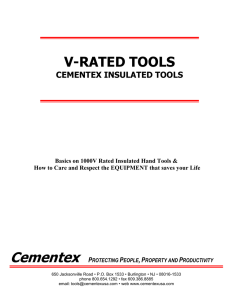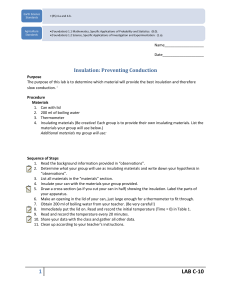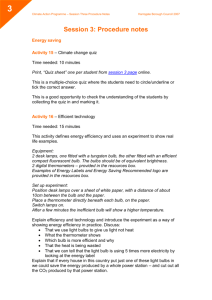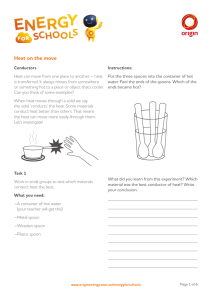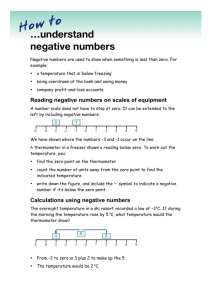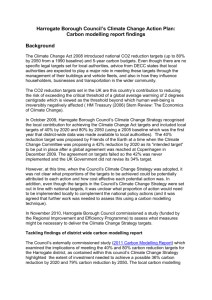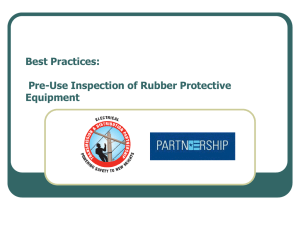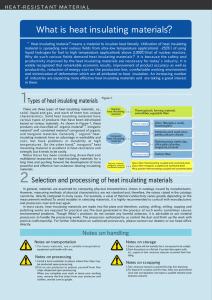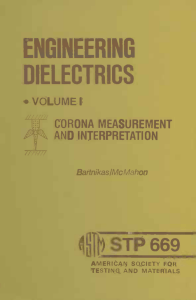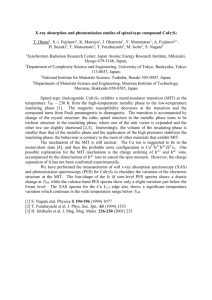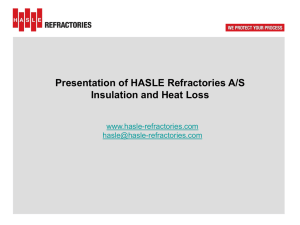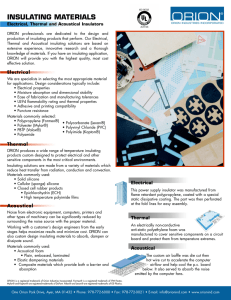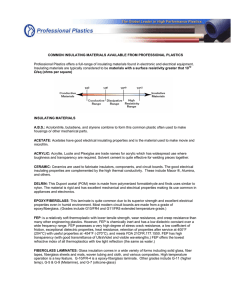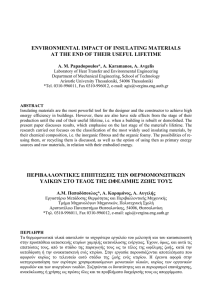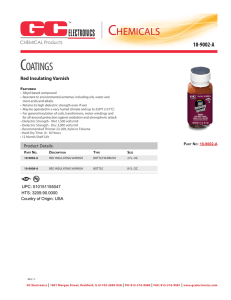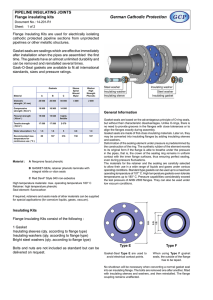Session 3: Procedure notes - Harrogate Borough Council
advertisement
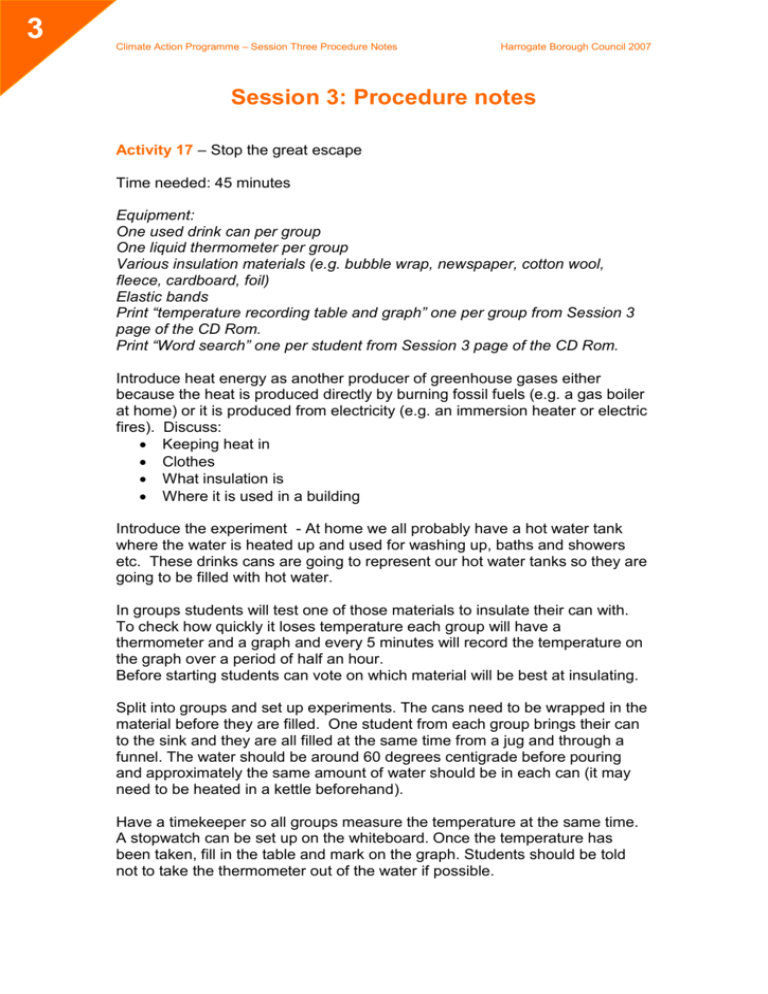
3 Climate Action Programme – Session Three Procedure Notes Harrogate Borough Council 2007 Session 3: Procedure notes Activity 17 – Stop the great escape Time needed: 45 minutes Equipment: One used drink can per group One liquid thermometer per group Various insulation materials (e.g. bubble wrap, newspaper, cotton wool, fleece, cardboard, foil) Elastic bands Print “temperature recording table and graph” one per group from Session 3 page of the CD Rom. Print “Word search” one per student from Session 3 page of the CD Rom. Introduce heat energy as another producer of greenhouse gases either because the heat is produced directly by burning fossil fuels (e.g. a gas boiler at home) or it is produced from electricity (e.g. an immersion heater or electric fires). Discuss: Keeping heat in Clothes What insulation is Where it is used in a building Introduce the experiment - At home we all probably have a hot water tank where the water is heated up and used for washing up, baths and showers etc. These drinks cans are going to represent our hot water tanks so they are going to be filled with hot water. In groups students will test one of those materials to insulate their can with. To check how quickly it loses temperature each group will have a thermometer and a graph and every 5 minutes will record the temperature on the graph over a period of half an hour. Before starting students can vote on which material will be best at insulating. Split into groups and set up experiments. The cans need to be wrapped in the material before they are filled. One student from each group brings their can to the sink and they are all filled at the same time from a jug and through a funnel. The water should be around 60 degrees centigrade before pouring and approximately the same amount of water should be in each can (it may need to be heated in a kettle beforehand). Have a timekeeper so all groups measure the temperature at the same time. A stopwatch can be set up on the whiteboard. Once the temperature has been taken, fill in the table and mark on the graph. Students should be told not to take the thermometer out of the water if possible. Climate Action Programme – Session Three Procedure Notes Harrogate Borough Council 2007 In between recording the temperatures there is an energy word search for the students to complete. When all six points have been marked on the graph, record the before and after temperatures on the board and calculate which material was the best insulator. Discuss why that material worked and how the experiment could have been improved. Sum up: Insulating things that you want to keep warm is a very effective way of saving energy; it is much better for a chilly person to put insulating clothes on than to turn the heating up. If a building is being heated insulating it is like making sure it has a jumper and a hat on.
